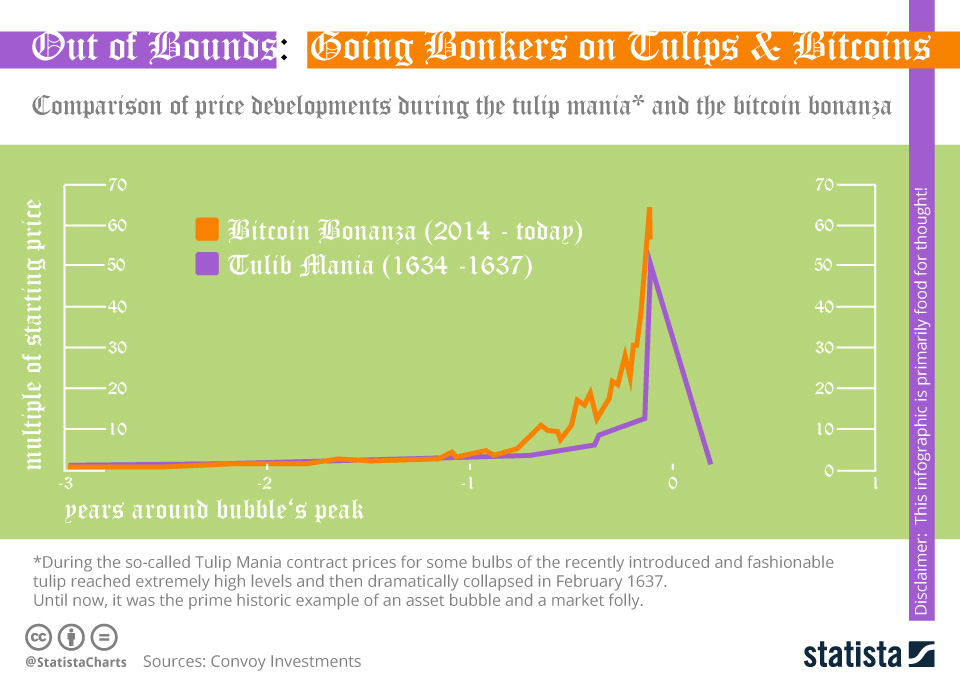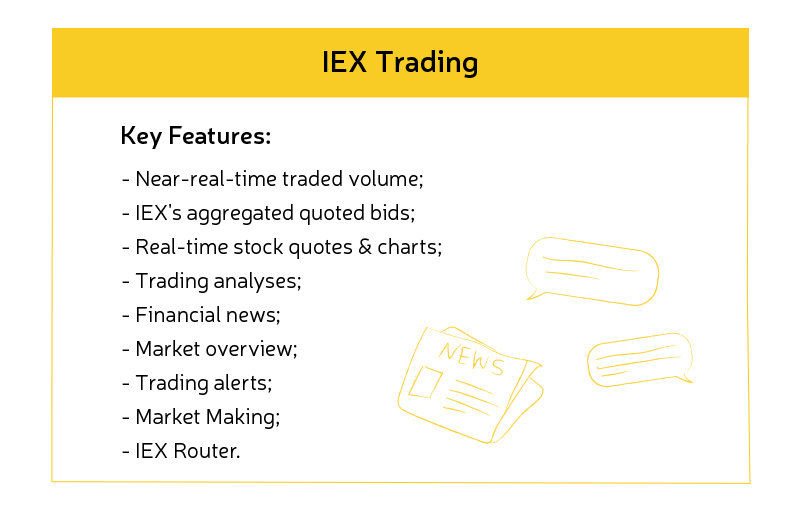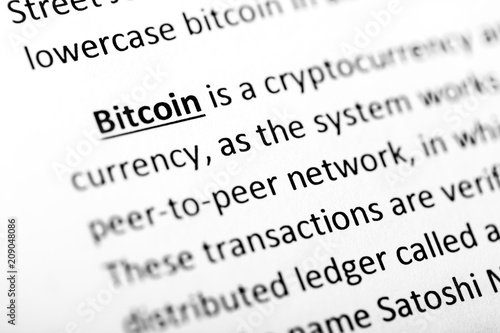Contents:


While many developers and investors may have been looking forward to The Merge, there was some understandable trepidation among another group of users. Over the course of the next few days, the coin made something of a recovery, trading at around $1,340 on 30 September. On 6 October, the crypto reached a high of $1,380.40, but it then dropped somewhat to stand at around $1,355 on 7 October 2022. Once The Merge had taken place, ETH rallied somewhat and was trading at around $1,630 on 15 September. Over the next few days, though, the price slid and, by 20 September, it was worth about $1,360, dropping to around $1,275 the following day. By 23 September, it had recovered somewhat to around $1,340 before dropping to trade at around $1,290 on 26 September 2022.
The purwhat is noku eure of these testnets are for developers to safely test features of the Proof-of-Stake network without the risk of losing real funds. The solution to address some of these shortcomings has rolled out in what is known as “the Merge”. Formerly known as ETH2 or ETH 2.0, this event transitioned Ethereum from the mining-intensive Proof-of-Work consensus mechanism to the more energy-efficient Proof-of-Stake . If a user starts buying out a suspicious amount of tokens, such an increase in demand will cause ETH value to rise. This pattern can be easily detected — with PoS, carrying out a spontaneous attack is almost impossible. With PoW, things were different — a lot of server providers and governmental entities have access to tremendous amounts of computing power and can misuse them with little-to-no oversight.

Consequently, the ETH currency will gain higher adoption and increase its market cap. The start of Ethereum 2.0 marks a paradigm-shifting change, not just for Ethereum, but for blockchain and cryptocurrencies in general. It’s a roadmap that leads the entire ecosystem to higher scalability — and, what’s more impressive, with few-to-no trade-offs. The goal is ambitious, and the community is facing a long journey.
Developers
We should also point out that the https://cryptolisting.org/sibility remains that, without proof-of-work, Ethereum could end up being seen as just another proof-of-stake blockchain. 2022 was a rough year for the coin, however, amid a wider slump in cryptocurrency markets. It would take roughly three years for ETH to pass its 2018 high, after the cryptocurrency saw a positive shift ininvestor sentiment in 2021. ETH surged 580% from $737 at the start of the year to an all-time high of $4,891 in early November 2021. European authorities have been pushing to limit the use of PoW networks such as Bitcoin because of their high energy consumption and carbon emissions. Harvard Business Review reported that Bitcoin’s annual energy consumption was equal to that of countries such as Malaysia or Sweden.
It is important to note, that despite all its advantages, PoS also carries certain risks. Theoretically, participants with large ETH holdings can seize control of the network. If the “whales” determine the further development of the blockchain at their own discretion, the network will be deprived of decentralization. It intends to improve the network’s speed, scalability, and efficiency.
Binance Staking – Ethereum (ETH) 2.0
In some cases, early validators have had their crypto locked up for years, which is why Ethereum’s developers have prioritized this update. As one prominent developer involved with The Merge points out, the ability to withdraw this staked Ethereum does nothing to make the blockchain better. CoinDesk is an independent operating subsidiary of Digital Currency Group, which invests in cryptocurrencies and blockchain startups. CoinDesk journalists are not allowed to purchase stock outright in DCG.
Top 5 Rising Cryptos That Will Expode In 2023 Bitcoinist.com – Bitcoinist
Top 5 Rising Cryptos That Will Expode In 2023 Bitcoinist.com.
Posted: Fri, 07 Apr 2023 08:32:34 GMT [source]
These exponential increases in speed will help clear up network congestion and keep gas fees low. Ethereum , the second-largest blockchain network, has distinguished itself from altcoin competitors by being the first to enable decentralized applications . ETH users can implement smart contracts, buy NFTs, and interact with thousands of DApps, all within the Ethereum ecosystem.
What’s the main difference between Eth and Eth2.0?
Investopedia makes no representations or warranties as to the accuracy or timeliness of the information contained herein. As of the date when this article was written, the author does not own Ethereum. There is no doubt that Ethereum 2.0 was the most significant change yet for the network. It set the stage for a future where Ethereum can comfortably handle applications in various verticals and makes it more accessible to the public. The Merge occurred on Sep. 15, 2022, and ETH’s price wasn’t affected significantly, considering prices had already fallen across the market.
- Ethereum 2.0, also called Eth2, refers to a set of upgrades that will make Ethereum more scalable, more secure, and more sustainable.
- There are two ways ETH holders can participate and earn rewards for staking on Ethereum 2.0.
- Therefore, you can buy them in any conventional way you used in the past.
- Ethereum 2 will be rolled out in several phases over the next few years.
- It’s made up of people from all different backgrounds and interests.
Shards, sharding, or shard chains refer to parallel blockchains existing inside the new Ethereum 2 structure. While previously Ethereum existed as one blockchain, the new structure consists of a core beacon chain connected to different shard chains . This allows parallel processing of transactions across different shards. The transactions in each shard will be verified by validators and confirmation passed to the beacon chain, thus maintaining consensus throughout the network.
How to purchase Ethereum 2.0?
This website is open source with hundreds of community contributors. You can propose edits to any of the content on this site, suggest awesome new features, or help us squash bugs. It’s made up of people from all different backgrounds and interests.
You’ll need 32 ETH to activate your own validator, but it is possible to stake less. One more essential function of the Beacon Chain is to randomly nominate the next validator and monitor its activity. It is also responsible for slashing the staked amount if an exploitative attempt is detected.
The smart contract platform transitionedto a proof-of-stake chain in an upgrade known as The Merge or Ethereum 2.0 at around 7.45am BST (UTC+1) on 15 September. Industry experts expected Ethereum 2.0 to make ether more attractive by reducing its circulating supply and making it “net-deflationary”. On the flipside, Ethereum 2.0 is not expected to immediately address the network’s high gas fees. But individual investors can also join staking pools, which are collections of Ethereum stakers who combine their resources and split the rewards. Most large cryptocurrency exchanges also provide staking services for investors who are not willing or able to commit 32 ETH on their own. The merge switches the Ethereum network from an energy-intensive proof-of-work consensus mechanism to proof of stake.
We do not make any representations or warranty on the accuracy or completeness of the information that is provided on this page. If you rely on the information on this page then you do so entirely on your own risk. You can still benefit if the market moves in your favour, or make a loss if it moves against you. However, with traditional trading you enter a contract to exchange the legal ownership of the individual shares or the commodities for money, and you own this until you sell it again. Remember also that prices can go down as well as up, and never invest more money than you can afford to lose.
ETH tokens deposited to the deposit contract cannot be removed or transferred until Phase 1.5 of the Ethereum 2 upgrade. I’m bullish on Ethereum for the long term, but it’s important to pump the brakes a bit when it comes to getting too excited about this next tech upgrade. Buterin has promised more significant upgrades for Ethereum later in 2023 and into 2024.
In Ethereum 2, the network will be upgraded to a proof-of-stake blockchain and introduce a beacon chain and shard chains. This upgrade will reduce energy consumption, increase the speed and number of transactions possible, and keep the network secure and decentralized. Unfortunately , an increase in Ethereum’s adoption and transaction volume, has also led to higher fees.
- An essential part of the upgrades is the introduction of staking, allowing users to stake their ETH, support the network, and earn rewards.
- However, in January, the Ethereum Foundation asked users to start phasing out the term Ethereum 2.0.
- The increased transaction speed, lowered gas fees, and higher scalability of the system will open new use cases for Ethereum.
- The Beacon Chain was the first step toward changing the consensus mechanism of Ethereum from Proof of Work to Proof of Stake.
After this update, Ethereum blockchain started to switch the Proof of Work protocol to Proof of Stake . The network that we all know as Ethereum (ETH1/Execution Layer) will be merging with the Beacon Chain (ETH 2/Consensus Layer). The Beacon Chain is a separate network running parallel to Ethereum.
These updates aim to culminate the shift from the Proof of Work consensus model to the newer Proof of Stake consensus model. It will help Ethereum catch up with some of the newer blockchains, such as Cardano, Polkadot, Solana, etc., that are already using the PoS model. Ethereum is an open-source, decentralized blockchain-based platform launched on July 30, 2015, by a Canadian-Russian programmer, Vitalik Buterin. It was one of the first cryptocurrencies to have smart contract technology embedded into its blockchain. Hence, its launch marked the birth of second-generation blockchain technology. Anyone who has been in the crypto space even for a short while is familiar with the name Ethereum.
Polygon (MATIC) Price Action Update – Securities.io
Polygon (MATIC) Price Action Update.
Posted: Thu, 04 May 2023 12:52:38 GMT [source]
With all the moving parts that a massive undertaking like the Merge encompasses, the expected completion date was delayed a few times. The Merge Ropsten, the oldest such Ethereum test network that dates back to 2016, completed its transition to the Beacon Chain and Proof-of-Stake in June. This was followed by the successful Merge of the Sepolia testnet in July, which was completed ahead of schedule. The final test Merge occurred in August, when the Goerli testnet joined Prater, its counterpart on the Beacon Chain.

This combined with the ETH being burned since EIP-1559 can make the Ethereum asset deflationary. Ethereum will see a 99.95% reduction in power used to secure the network. The Ethereum roadmap consists of interconnected upgrades designed to make the network more scalable, secure, and sustainable. There is no ‘Eth2’ token native to the protocol, as the native token ether did not change when Ethereum switched to proof-of-stake. The trade-off here is that centralized providers consolidate large pools of ETH to run large numbers of validators. This can be dangerous for the network and its users as it creates a large centralized target and point of failure, making the network more vulnerable to attack or bugs.
The offers that appear in this table are from partnerships from which Investopedia receives compensation. Investopedia does not include all offers available in the marketplace. Investopedia requires writers to use primary sources to support their work. These include white papers, government data, original reporting, and interviews with industry experts.
